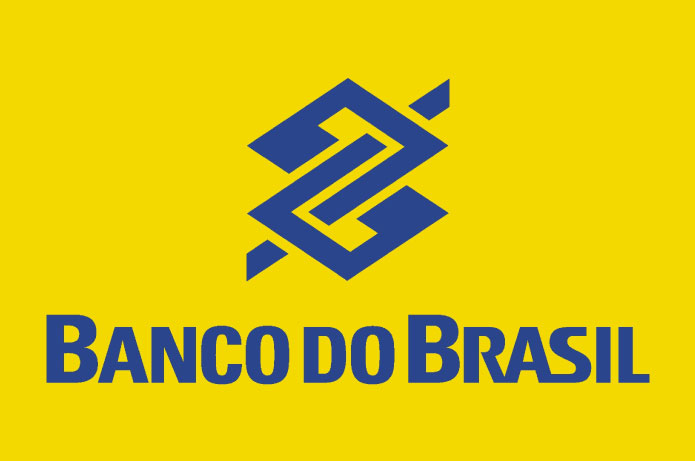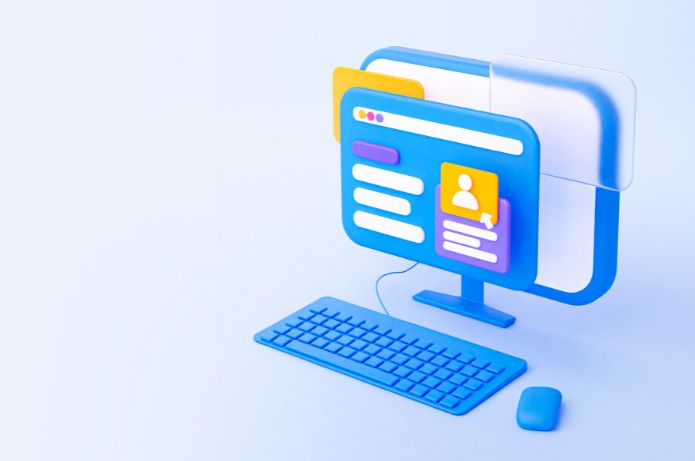Definition:
Transparent Checkout is an online payment method that allows customers to complete their purchases directly on the seller's website without being redirected to a payment intermediary's page.This process keeps the visual identity and user experience consistent throughout the transaction.
Main Concept:
The primary goal of Transparent Checkout is to provide a seamless and integrated shopping experience, increasing customer trust and reducing cart abandonment.
Main Features:
1. Seamless Integration:
^the payment process is fully incorporated into the seller's website.
2. Visual Identity Maintenance:
^the appearance and style of the site are maintained throughout the checkout.
3. User Experience Control:
^the seller has greater control over the purchase flow.
4. Multiple Payment Options:
Integrate multiple payment methods into a single interface.
5. Advanced Security:
''Use robust security protocols to protect sensitive data.
Functioning:
1. Product Selection:
The customer chooses the items and proceeds to the checkout.
2. Data Filling:
2 Shipping and payment information are collected on the website itself.
3. Payment Processing:
^the transaction is processed in the background.
4. Confirmation:
The customer receives confirmation without leaving the seller's website.
Benefits:
1. Increase in Conversion Rate:
Reduce cart abandonment by simplifying the process.
2. Greater Customer Trust:
. Maintains brand familiarity throughout the transaction.
3. Personalization:
''Lets you adapt the checkout experience to the brand identity.
4. Data Analysis:
2 Provides more detailed insights into purchasing behavior.
5. Cost Reduction:
Can decrease fees associated with redirects.
Implementation:
1. Integration with Payment Gateway:
^connection with a provider that offers transparent checkout.
2. Front-end development:
Creating custom forms and user interfaces.
3. Security Configuration:
Implementation of encryption and security protocols.
4. Testing and Validation:
^^^^^^Verd strict payment flow and security.
Challenges:
1. Technical Complexity:
^^requires specialized knowledge for implementation.
2. PCI DSS Compliance:
. Need to meet strict safety standards.
3. Maintenance and Updates:
^exige regular updates for security and functionality.
4. Multiple Payment Methods Management:
''Complexity in integrating and maintaining various options.
Best Practices:
1. Responsive Design:
Ensure operation on different devices and screen sizes.
2. Minimize Input Fields:
Simplify the process by requesting only essential information.
3. Secure Authentication:
3D Secure methods for secure transactions.
4. Real-Time Feedback:
Provide instant validation of the entered data.
5. Varied Payment Options:
''Offer multiple options to suit different preferences.
Future Trends:
1. Integration with Digital Wallets:
^'increased adoption of methods such as Apple Pay and Google Pay.
2. Biometrics:
Use facial recognition or fingerprint for authentication.
3. Artificial Intelligence:
^''personating the AI-based checkout experience.
4. Simplified Recurring Payments:
Facilitating subscriptions and frequent purchases.
Examples of Providers:
1. PayPal:
2 Offers Transparent Checkout solution for large companies.
2. Stripe:
Provides APIs for custom checkout implementation.
3. Adyen:
io Offers integrated and customizable payment solutions.
4. PagSeguro (Brazil):
udo It offers transparent checkout options for the Brazilian market.
Legal and Security Considerations:
1. GDPR and LGPD:
2 Compliance with data protection regulations.
2. Tokenization:
Using tokens to store sensitive information securely.
3. Security Audits:
Re-performing regular checks to identify vulnerabilities.
Conclusion:
Transparent Checkout represents a significant evolution in the online shopping experience, giving sellers greater control over the payment process and customers a more fluid and reliable shopping journey.Although it presents technical and security challenges, the benefits in terms of conversion, customer loyalty and brand personalization are substantial.As e-commerce continues to grow and evolve, Transparent Checkout becomes increasingly an indispensable tool.











